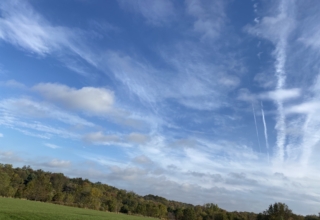
I would now add the dimension of influence and learning, suggesting that “soft” learning is interwoven with “soft” coaching processes and “fast” thinking. As coaches, we are most likely to learn about the “soft” processes of learning from our interaction with clients–rather than from books, training or supervision. These “hard” sources of learning are more closely associated with “hard” coaching processes and “Slow” thinking. We are not as comfortable with these more challenging aspects of our work as coaches, though we might find in our demographic analyses of our survey results that “hard” coaching, “hard” learning and “slow” thinking are prevalent during our early years of coaching, whereas “soft” coaching, “soft” learning and “fast” thinking more commonly operate when we gain further experience as coaches. Much as we have to use our expository brain when first learning any skilled actions (such as driving a car or playing tennis), we rely more on our procedural brain when these actions have been performed repeatedly.
On the one hand, this shift to the procedural brain is good news, because we can be thinking about the bigger picture (such as the actions of other drivers on the highway, or the strategy being used by our tennis opponent). On the other hand, this shift can lead to deeply-engrained habits that are hard to break and are not easily modified as conditions in our world change. As coaches, we might too often rely on our habitual patterns of interaction with clients, rather than thinking more slowly, engaging the “hard” process of strategizing as a coach, and retreating to the books, attending a relevant coaching seminar, or even seeking out supervision.
The Bridge: Collaborative Coaching Inquiry
What about the intermediate influence that occurs through out interaction with colleagues? Is it valuable to blend the “hard” and “soft” learning that occurs when we turn to peers for dialogue and shared insight? We concluded our first article by addressing a theme that Francine Campone noted in her request for participation in the first Survey: the field of coaching should build a culture of research and evidence. I added a further recommendation to this proposal in the second report: “this culture should move coaching beyond isolation and autonomy. It should move the field to a culture of collaboration, in which thoughtful dialogue occurs as a blending of soft and hard learning. This collaborative dialogue should be founded in Kahneman’s slow thinking. It should be accompanied by evidence-based information, reflective practice and a desire to advance the inter-discipline of professional coaching through critical inquiry.” Results from this third report seem to reinforce both themes.
Download Article 1K Club



















